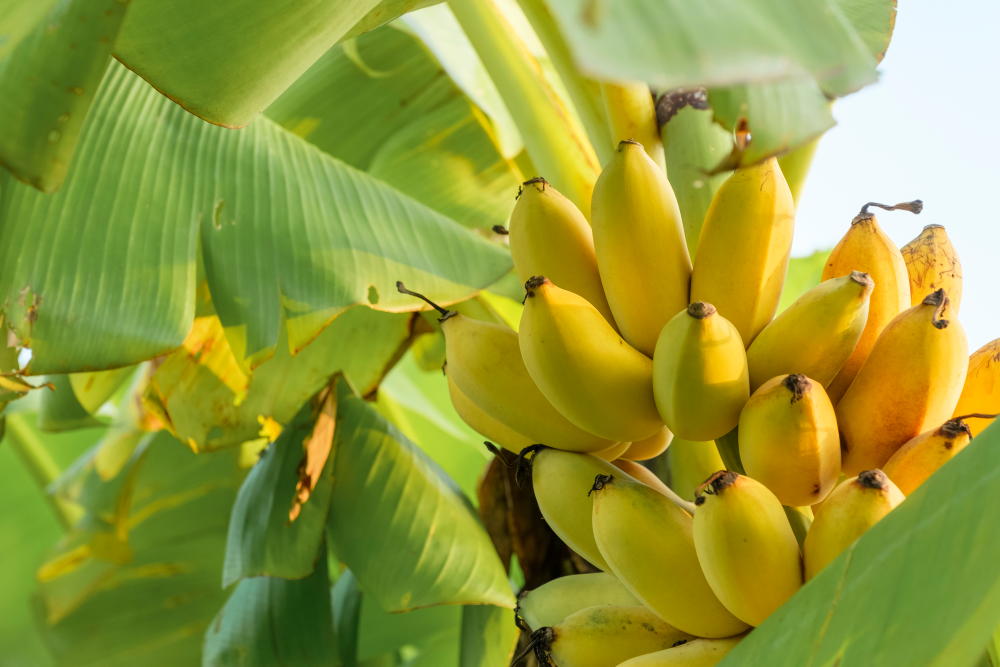Bananas are berries, botanically speaking, which is especially confusing in the context that strawberries aren’t. There’s a lot to these fruits – which they are classed as, too – that people don’t appreciate, but perhaps one of its most misunderstood and wrongfully maligned features is that little black nub you find at the end.
If you’re proclaiming, “it’s the seed, dumbass,” then get a load of somebody who wants to be wrong. That little nub isn’t a seed at all.
The seeds of a banana are also found inside the flesh – that’s the soft, mushy stuff we humans love so much. We would say primates, but it’s actually a myth that any wild monkeys are chowing down on the fruits like we do.
“The entire wild monkey-banana connection in fact is total fabrication,” said Professor Katharine Milton of the University of California, Berkeley, who specializes in the dietary ecology of primates, to Business Insider.
“The edible banana is a cultivated domesticated plant and fruit. Wild monkeys never encounter bananas at all ever unless they are around human habitation where bananas are or have been planted.”
Those straggly bits are also floral remains stuck to the banana’s fingertips.
Image credit: Anek Sangkamanee / Shutterstock.com
If you were to eat a banana by cutting it lengthways down the middle, like a psychopath, you’d normally find the seeds in a long line down its center. However, most bananas sold in stores these days are the Cavendish variety, which typically doesn’t produce any seeds.
That little black nub, on the other hand, well that’s always there. That’s because it’s not a seed, but the flower from which your giant banana berry grew.
Bananas grow on trees in bunches, and the stubby end is actually the “top” of the fruit while the hard stalk is the “bottom”. Most people eat bananas by snapping off the stalk first, meaning the residual flower nub is a surprise at the end.
If you use “the monkey method” to eat a banana, you can toss the floral remains away first. Bananas might not be a natural part of many primates’ diets, but videos have demonstrated how these animals sometimes seem to intuitively adopt the reverse approach to humans, using their feet to hold the stalk while their hands pry open the top.
For such a tiny, insignificant nub, the remains of the banana flower seem to have stirred up some real hatred among modern humans. Sometimes called the “fingertip”, it’s entirely edible but often discarded because of its tough texture and bitter taste. You might despise it, but it was once a great beauty.
For banana flowers, beauty is fleeting.
Image credit: suradech sribuanoy / Shutterstock.com
Now, who’d like to publish our reverse Ugly Duckling children’s book?
Source Link: That "Gross" Black Nub On The End Of A Banana Isn’t A Seed
